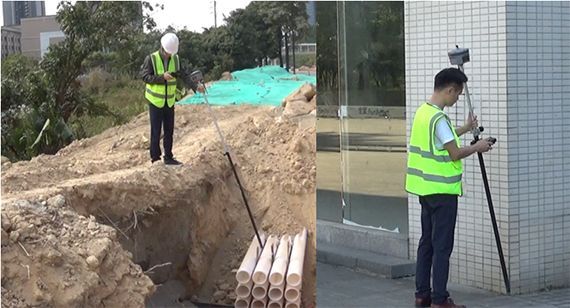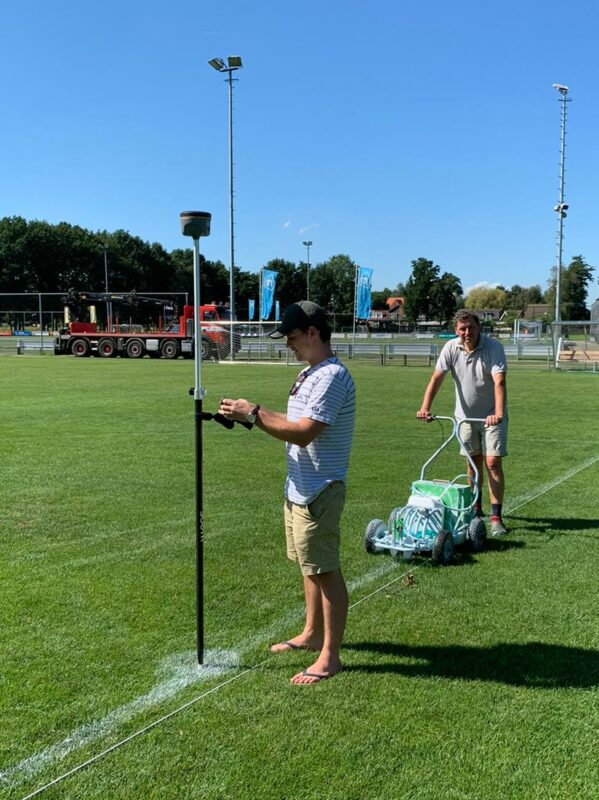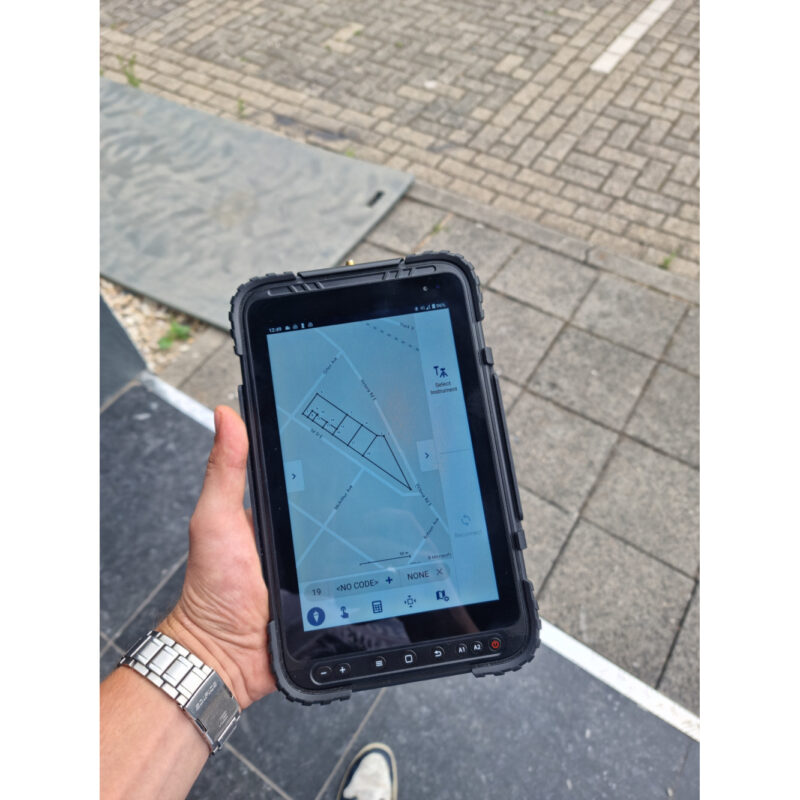GNSS
GPS Help Guide – Should You Have an IMU Tilt Sensor in Your RTK GNSS Receiver?
What is an IMU tilt sensor?
An IMU, short for Inertial Measurement Unit, is a sensor that measures angular rate, force and sometimes magnetic field. It uses information from rotational sensors (gyroscopes), acceleration sensors (accelerometers), magnetic sensors (magnetometer) and GNSS. Using these parameters the IMU tilt sensor can continuously determine its position, rotation and degree of tilt. With this technique, you don’t have to level your RTK GNSS receiver every time you’re gonna measure a new point. The IMU tilt sensor makes sure that even if your RTK GNSS receiver isn’t level, it still makes an accurate measurement. So if you have to measure a lot of points, it’s not a difficult calculation that the IMU tilt sensor will save you a lot of time. Also, hard to reach points will be very easy to measure with an IMU tilt sensor in your RTK GPS receiver, think of the edge of a building, a steep slope or a point under an object, like a car for instance.


How many degrees can you tilt with an IMU tilt sensor in your RTK GNSS receiver?
Most modern RTK GPS receivers with an IMU tilt sensor in them can tilt up to 60°, but some can only go to 30° or even only 15°. There is always a little compensation when you use the IMU tilt sensor. So if you measure a point at a 30° angle, you’ll often have a compensation of about 2 centimeters, if you measure a point at a 60° angle you can find yourself having a compensation of 5 centimeters. So keep in mind that if you’re measuring something and holding the pole of your RTK GNSS receiver at a 60° angle, you can have a deviation of 5 centimeters. Some of the RTK GNSS receivers you first have to shake to initialize the IMU tilt sensor while others are ready to go the moment you turn on the RTK GPS receiver.
here are some RTK GNSS receivers with an IMU tilt sensor
GPS & GNSS
Click here to login or register
GPS & GNSS
Click here to login or register
GPS & GNSS
Click here to login or register
Pros and cons of an IMU tilt sensor in your RTK GNSS receiver
The biggest pro of having an IMU tilt sensor in your RTK GNSS receiver is that it reduces your surveying time. With an IMU tilt sensor you don’t have to make sure your RTK GPS receiver is level all the time which means you can measure your points way faster. So if you have to measure a lot of points in one area, you can just hop from point to point and make your measurements. If you don’t have an IMU tilt sensor in your RTK GNSS receiver you will have to level your receiver with each point. So if you have to measure 100 points, the time you’re winning with an IMU tilt sensor will add up pretty significantly. Another pro of having an IMU tilt sensor in your RTK GNSS receiver is that you will be able to measure difficult points. As I mentioned before, think of the edge of a building, a steep slope or points under objects. The biggest con of an IMU tilt sensor is the compensation that can happen if you’re measuring points with an angle. If you really need to be as accurate as possible it’s not a great idea to keep your RTK GNSS receiver with an IMU tilt sensor at an angle of 60°. If a deviation of a couple of centimeters doesn’t matter then you don’t have to worry about it.
here are some rtk gnss receivers without an imu tilt sensor
GPS & GNSS
Click here to login or register
Conclusion
An IMU tilt sensor in your RTK GNSS receiver can be really helpful. It reduces the surveying time significantly. Getting used to it might take some time but once you now how to use it you’ll never want an RTK GNSS receiver without an IMU tilt sensor anymore. If you ask surveyors 9 out of 10 would probably suggest you to buy an RTK GNSS receiver with an IMU tilt sensor.










